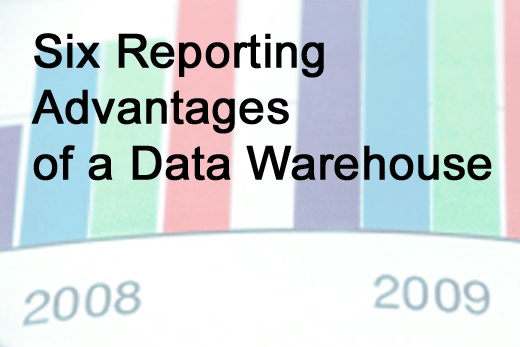
These tips are part of our How to Sell a Data Warehouse to Upper Management Checklist, which you can download in our Knowledge Netowrk.
The typical ROI-based business case will not work well for selling a data warehousing initiative to upper management. While there may be some long-term savings that can be quantified, they will almost certainly be outweighed by costs.
The real benefits of data warehousing are indirect: the ability for your company to make better, faster decisions that will save money and increase revenue. For example, a data warehouse can help a manufacturer identify poorly performing suppliers or uncover sales patterns that could be exploited to boost the top line.
In spite of the ROI issue, data warehouses and the advanced reporting capabilities they offer have benefits that address specific management pain points. Here’s a quick list of key points you should highlight when you pitch a data warehousing initiative to upper-level managers.
Click through for some key value points to push in your business case.
It’s almost a law that every manager will want the one report that’s not available on a standard basis from the production system. With a data warehouse, custom reports are easy-or at least relatively easy-to create.
Data warehouses can be set up to accommodate data from multiple sources to provide a clear picture of relationships that would otherwise be hard to track, such as the relationship of logistics decisions to sales or training costs to productivity.
Custom reports are also much less time-consuming to create. In contrast to the ‘take-a-number, wait in line’ treatment many managers feel they receive from overworked IT organizations, they can quickly get new reports from a departmental specialist who works for them, or even create the report themselves-usually in a matter of hours.
Data warehousing initiatives typically include a data-cleansing process that eliminates, for example, multiple names for the same individual or part. As a result, the data that decisions are based upon is more accurate.
The process by which data warehouses are populatedresults in a single version of the truth. Confusion over multiple names for the same item (e.g., one name used by manufacturing, another by sales) is eliminated, and key categories (e.g., ‘customer’) have one and only one definition.
Data warehouses contain historical data that is essential for trend analysis.









